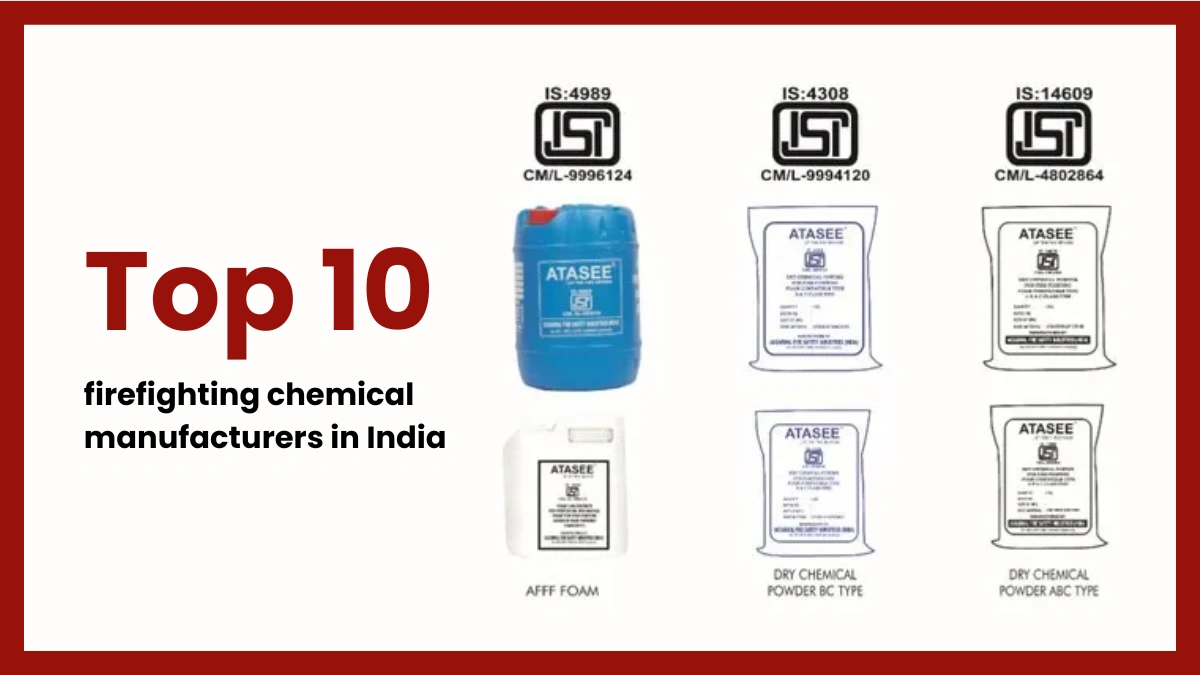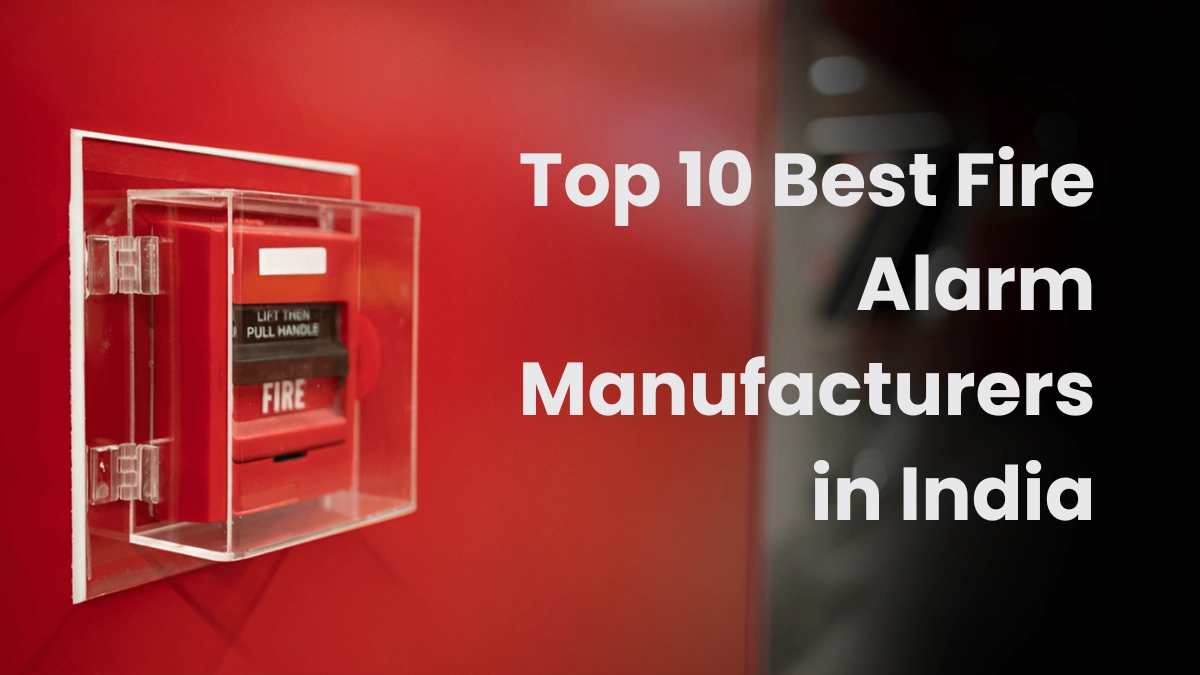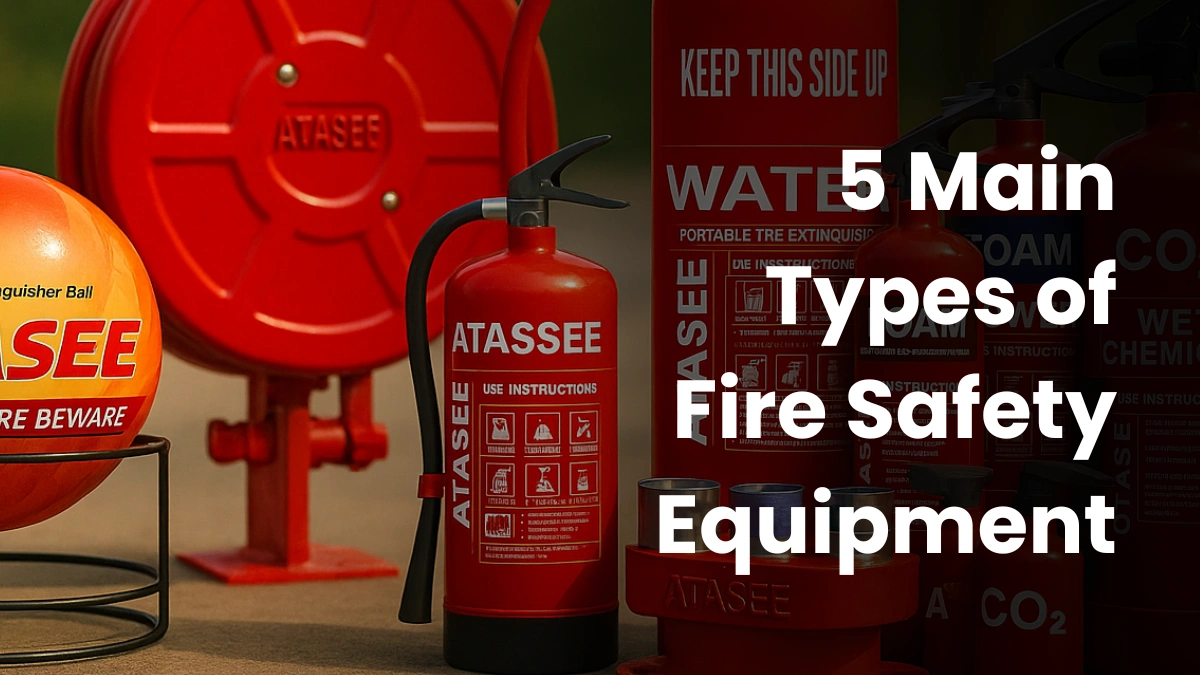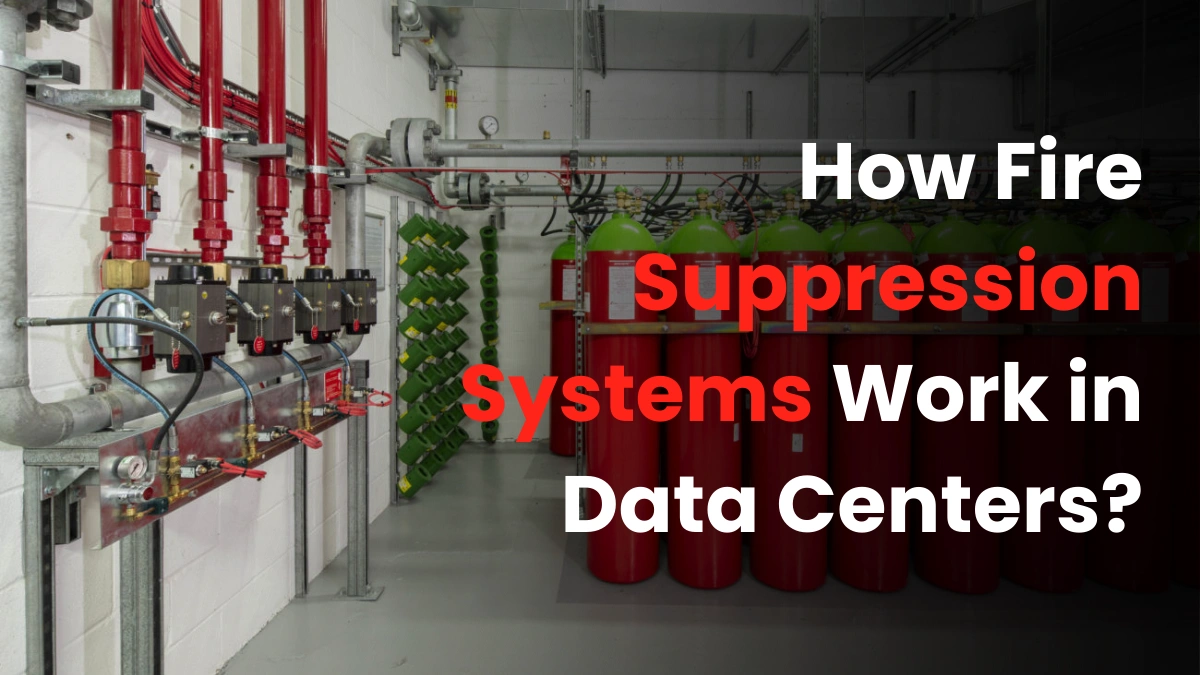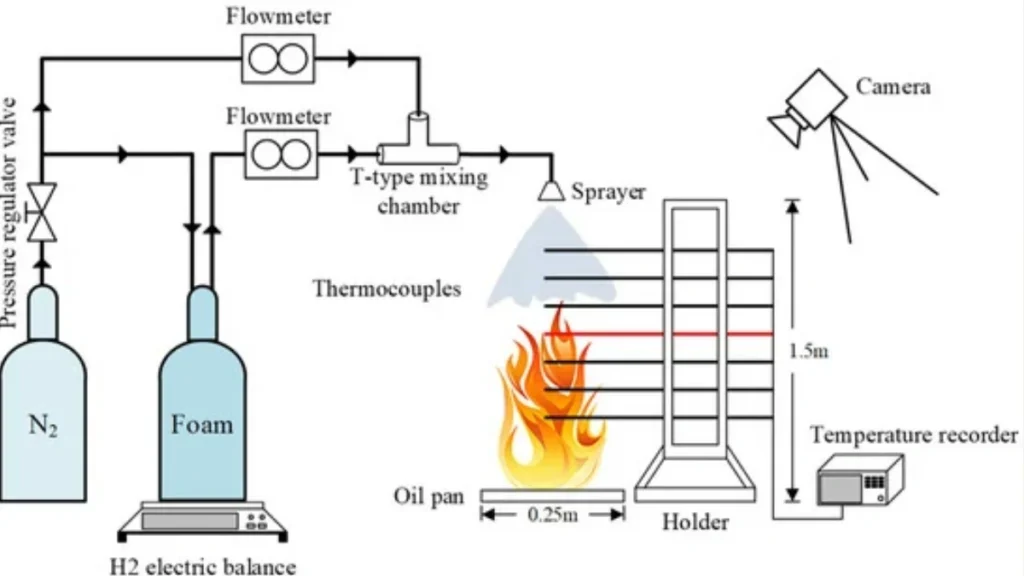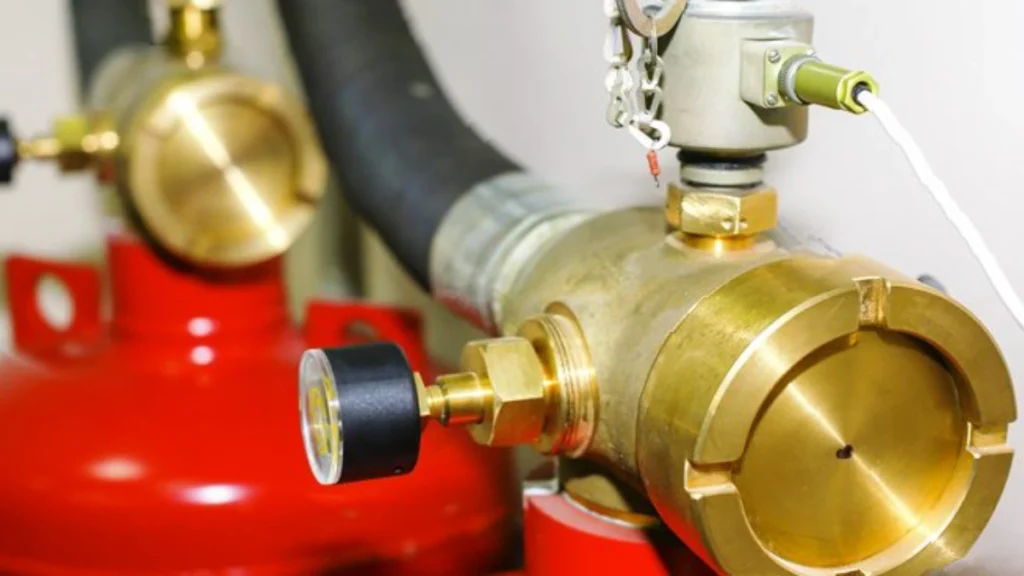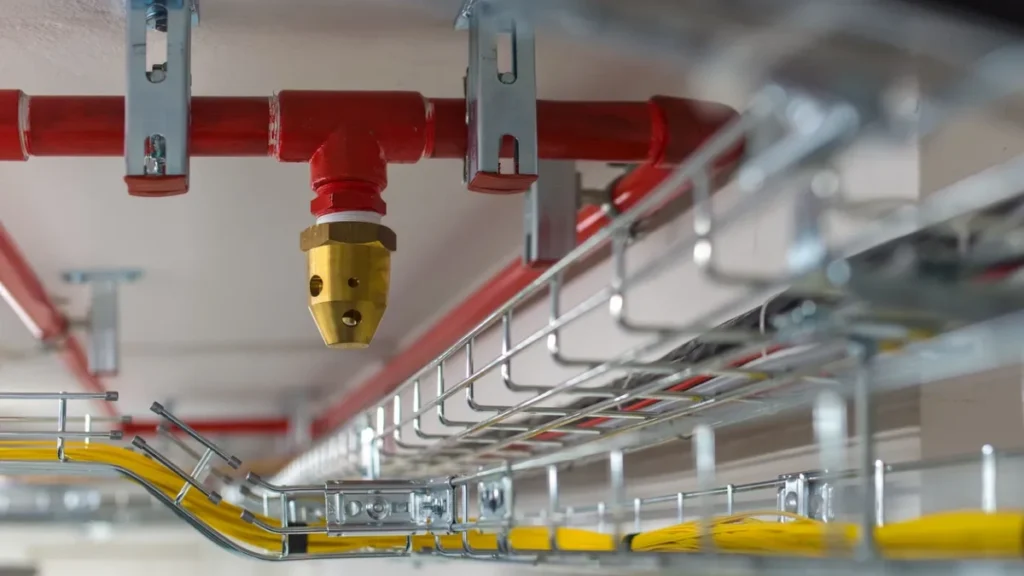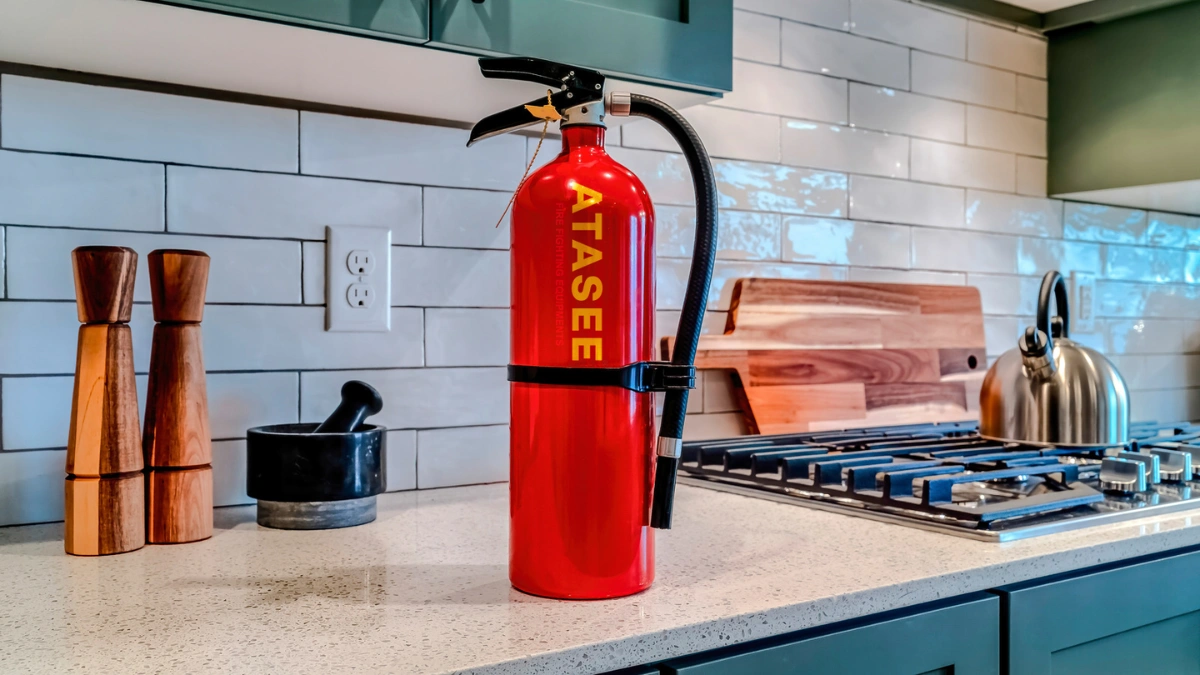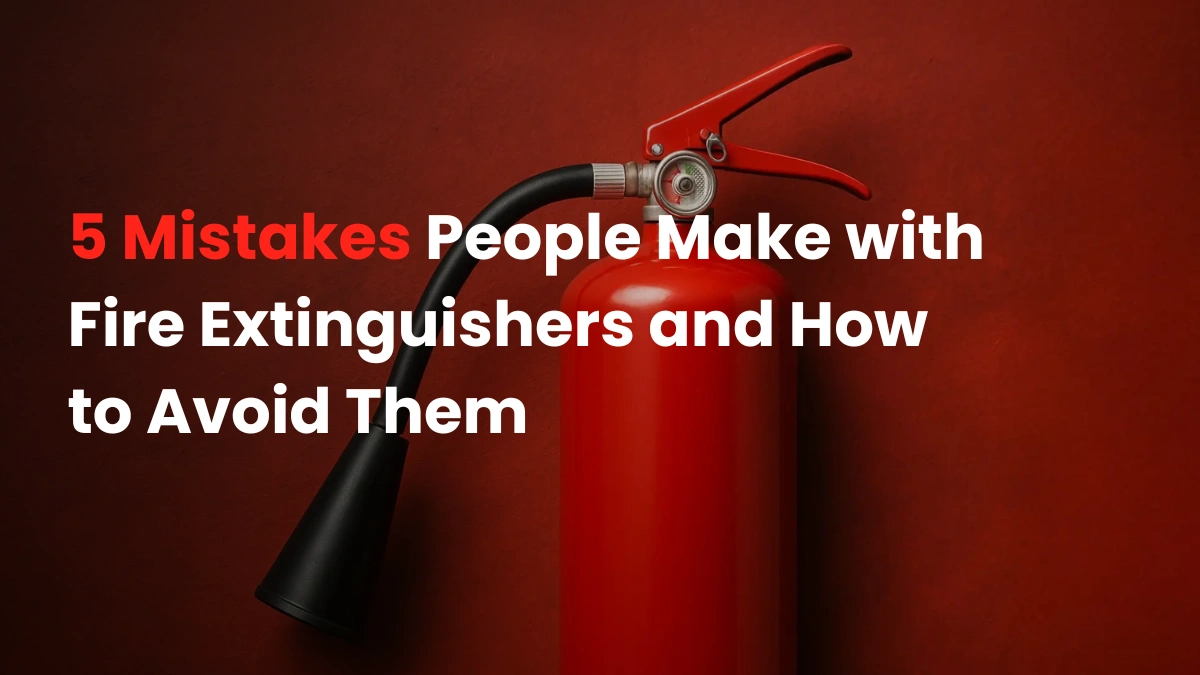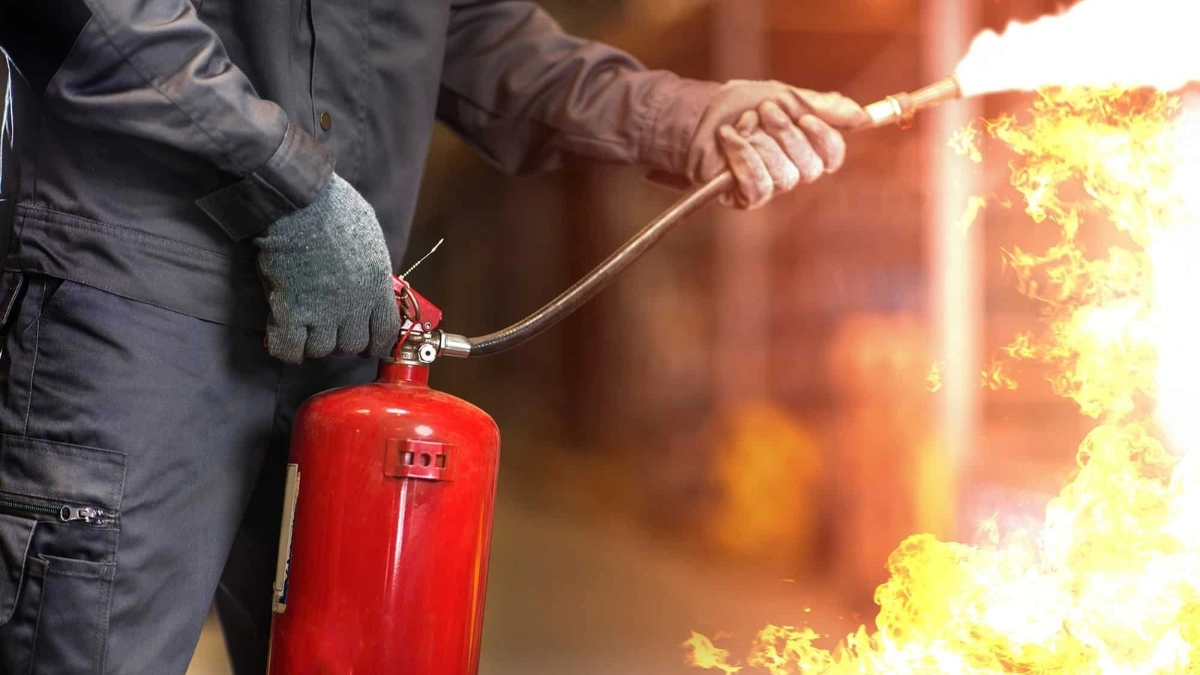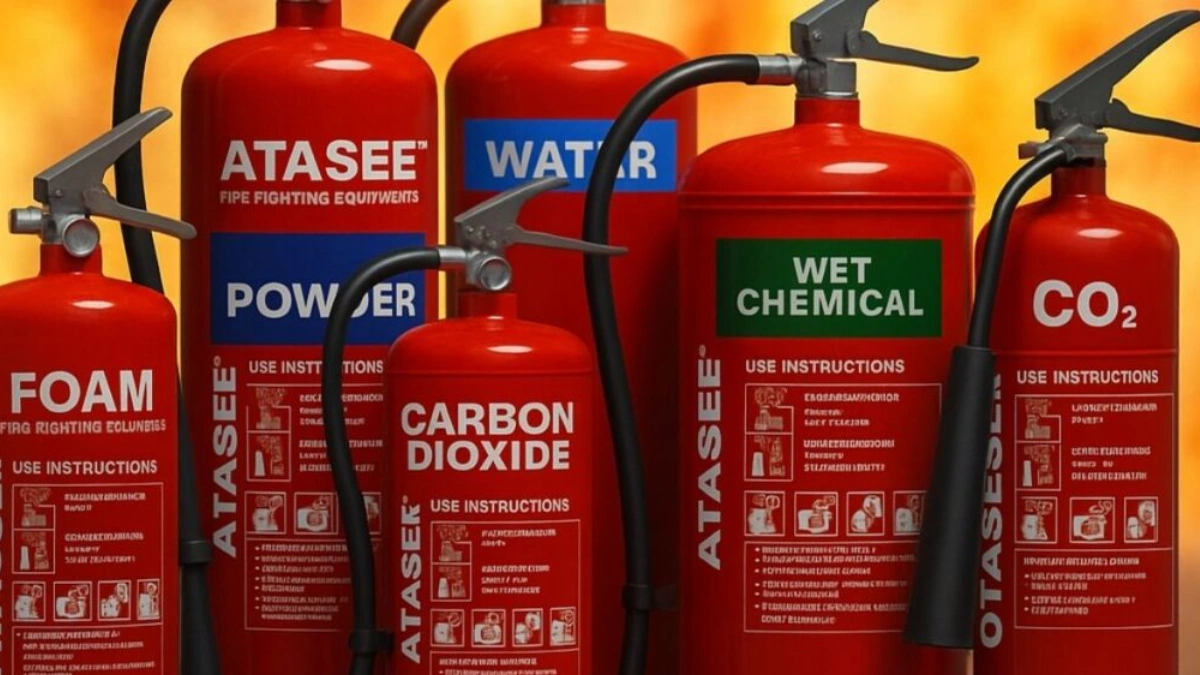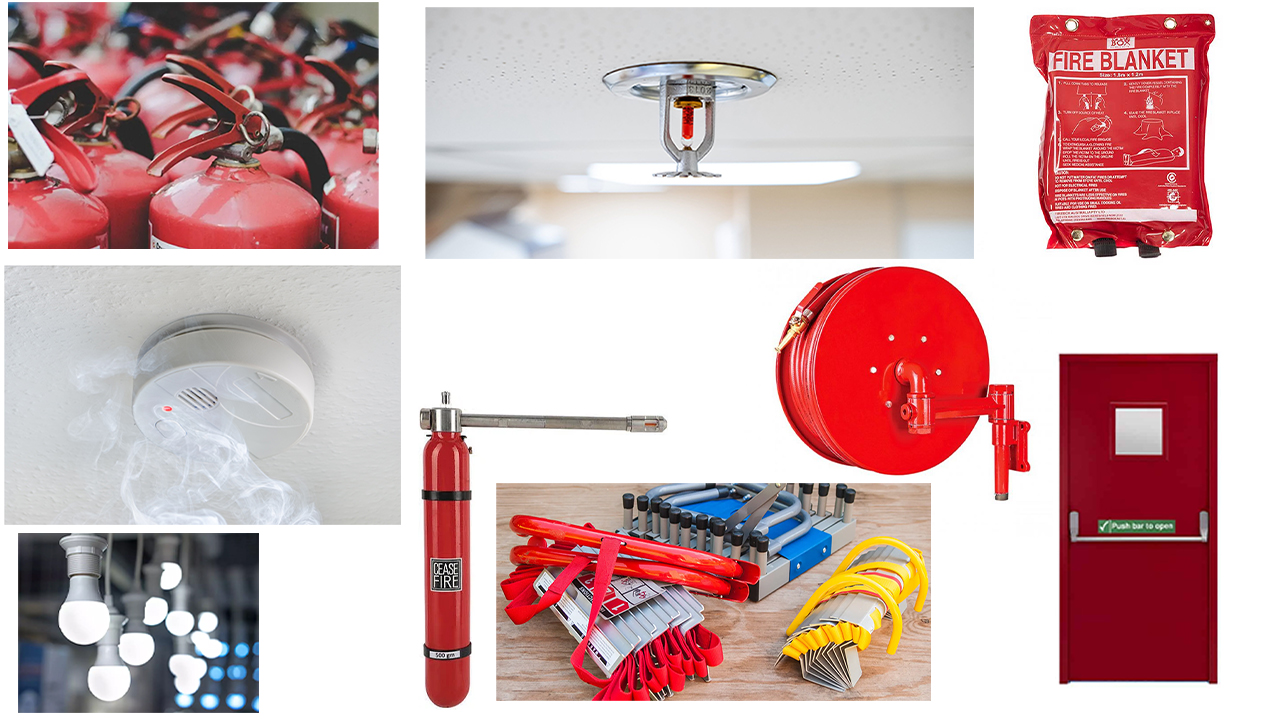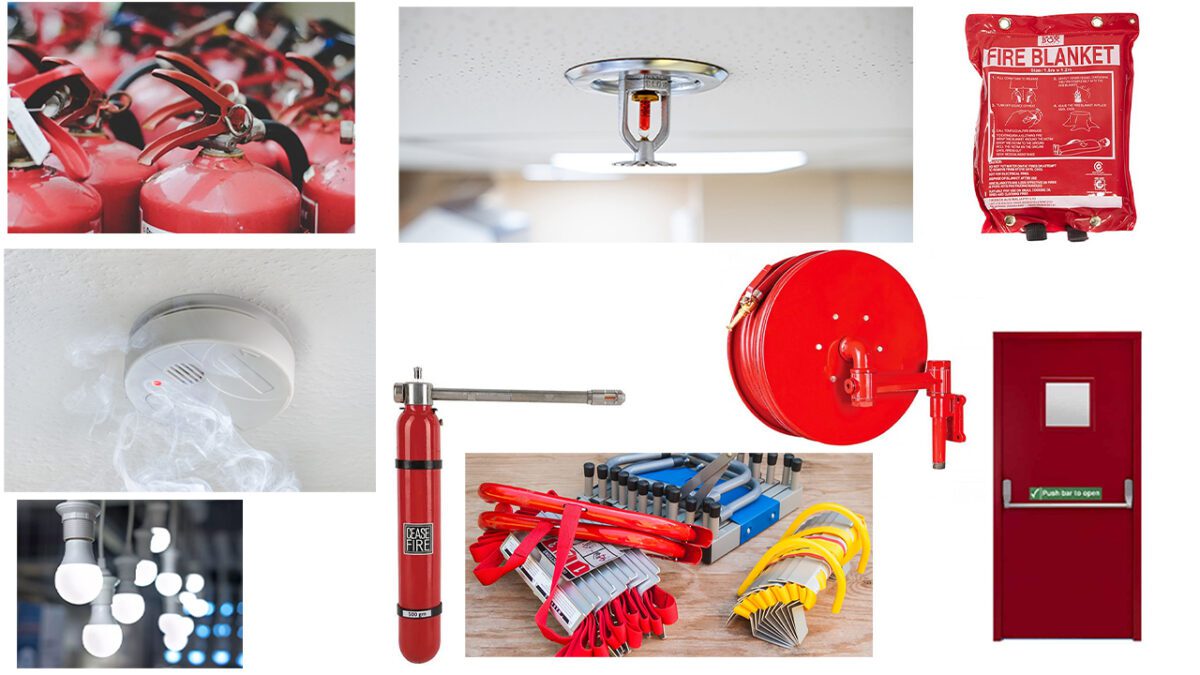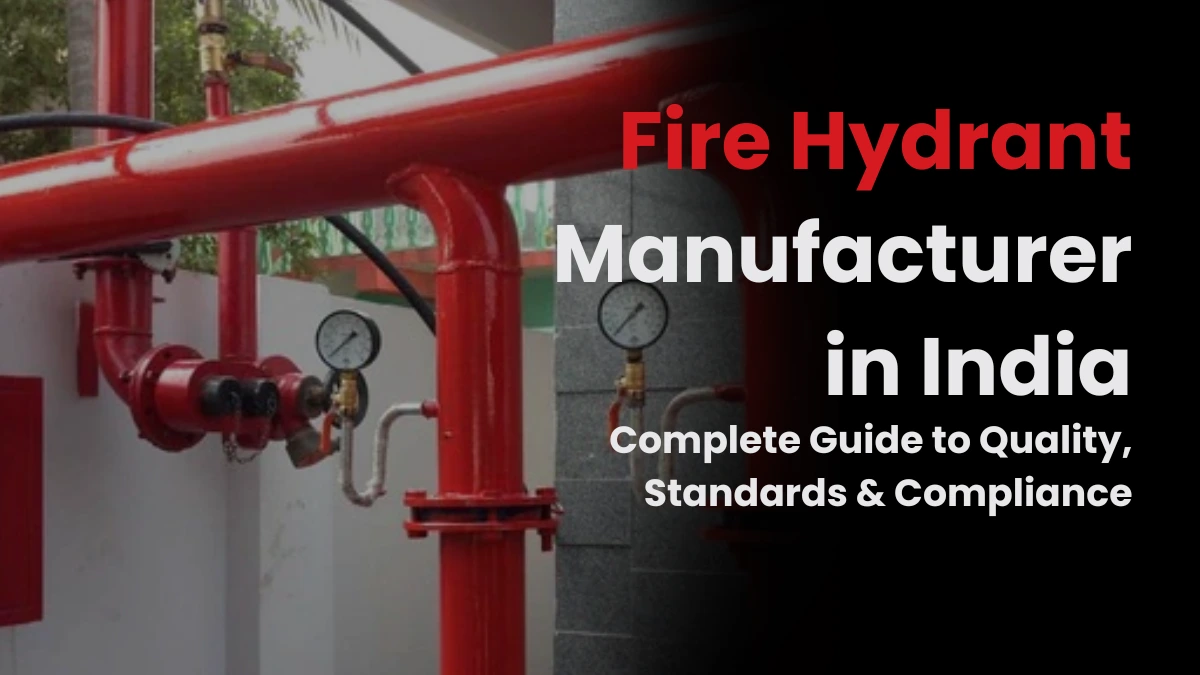
The Indian fire suppression market, which also includes fire hydrant systems, was worth around USD 377.1 million in 2024 and is expected to grow to about USD 708.9 million by 2030. Because people are finally realizing that fire safety isn’t something to ignore–whether it’s your home, industrial plants, warehouses, airports, commercial complexes, hospitals, or other public utilities, having fire protection is a must!
Nowadays, it’s not just about the price–buyers want high-quality product compliance that follows Indian and international standards, passes rigorous testing procedures, comes with proper certifications, durability, reliable after-sales support, and gives lifecycle cost before making a final purchase decision. And if you’re one of those aware citizens who don’t want to take chances in picking the right fire hydrant manufacturer in India, then meet Atasee Fire Industries Pvt. Ltd., a trusted name in the safety industry.
By focusing on innovation, cost-effective manufacturing, and a consistent commitment to quality, the company has established itself as a leading player in the Indian fire hydrant sector by 2026. However, many industries and users are still confused about when and how to choose the right fire hydrant system. Don’t worry—this blog shares a complete guide to quality, standards & compliance to help you make the right decision
What is the Fire Hydrant System?
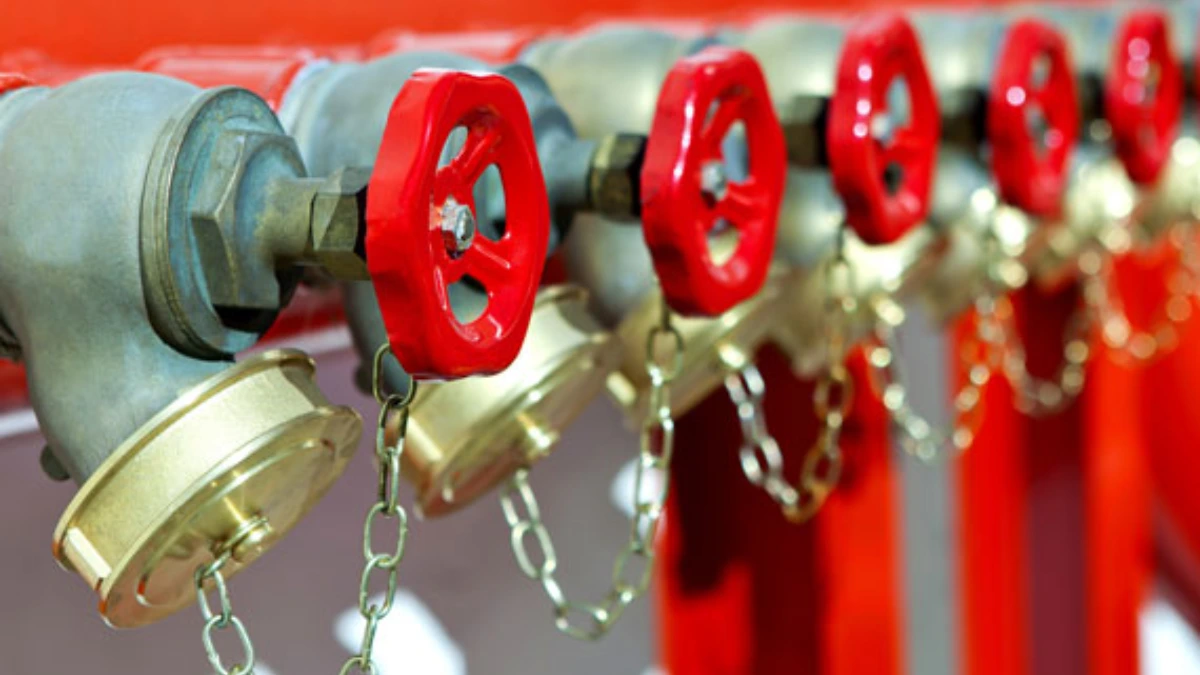
A fire hydrant system is a metal pipe, also known as a life-saving device because of long lasting and quick performance when a fire emergency strikes. Generally, it is designed to be made up of water outlets, pipes, valves, water storage tanks, and pumps. Strategically installed across urban areas, large buildings, and industrial sites. It is directly connected to the underground water supply network. So that during a fire emergency, the system automatically delivers a high volume of water quickly to control the fire, protect property, and save lives. Regular maintenance of the fire hydrant system is crucial to ensure its optimal performance in high-risk situations.
How to design a fire hydrant system?
- Understand Demand: Calculating water demand and pressure requirements of fire hydrants.
- Coverage: For maximum coverage, map hydrant locations
- Right Location: Choosing the right hydrant type for your location (wet, dry, underground, etc.)
- Design Layout: For best access, design pipe layouts.
- Follow safety Standards: Following local fire safety codes, tips, and standards.
Why Atasee is The Trusted Fire Hydrant Manufacturer & Supplier in India
Formed in 2010, Atasee Fire Industries Pvt. Ltd. is one of the leading fire hydrant manufacturing companies in India, known for producing reliable and high-quality fire hydrants at affordable prices. The company specializes in manufacturing, supplying, and trading a wide range of ISI-marked fire hydrant systems, with an annual production capacity of 5,000 to 50,000 units.
Their product range includes internal and external fire hydrant systems, wet barrel and dry barrel hydrants, standpipe (pillar) hydrants, underground hydrants, flush hydrants, and more. All designed to meet the needs of residential buildings, commercial complexes, industrial plants, warehouses, airports, hospitals, and public utilities.
Plus, every fire hydrant comes with an 18-month warranty and is packed securely to prevent damage during transit. Orders are delivered through reliable courier services to locations such as airports, metro stations, IT parks, residential societies, and industrial zones. In case of any manufacturing defect or damage during delivery, the company offers an easy replacement or refund, provided the customer contacts the support team within 14 days of receiving the product.
Atasee Fire Industries Pvt. Ltd. is ISO-certified and approved by GMP and BIS, ensuring strict compliance with Indian and international quality standards. All products are manufactured using high-grade raw materials under the supervision of experienced professionals. In addition to fire hydrants, Atasee also produces safety equipment widely used across industries such as electronics, electrical, textile, automobile, and food processing—helping protect both property and lives.
Types of Fire Hydrants Manufactured in India
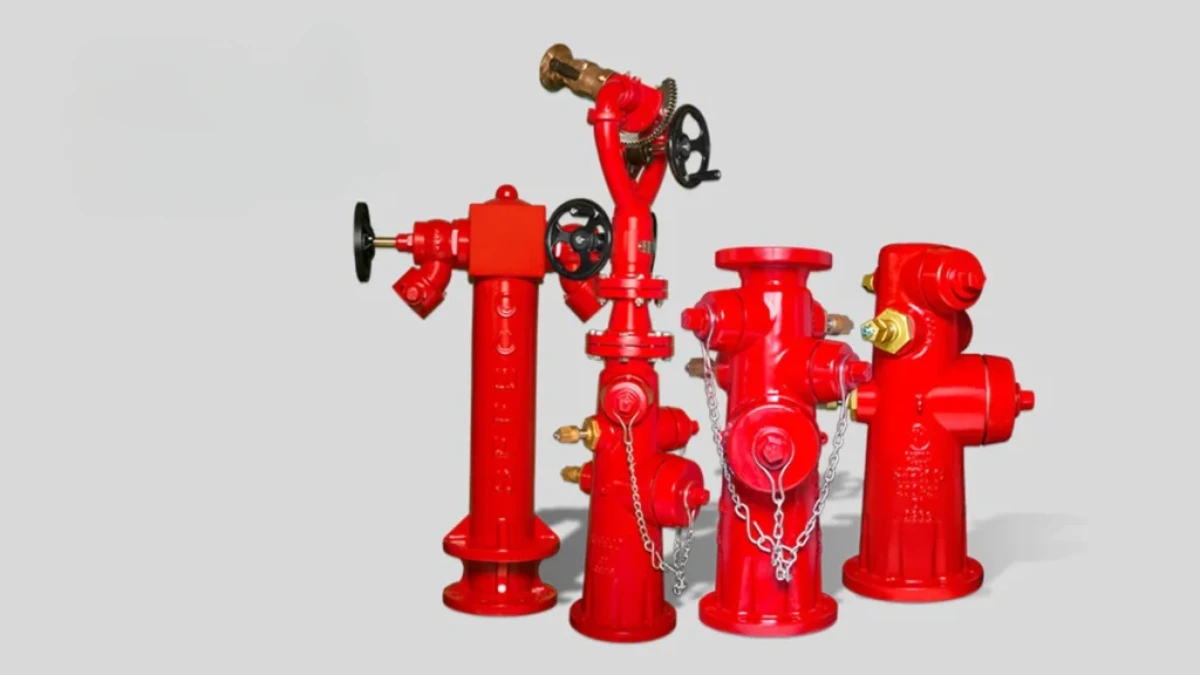
Have a look at the different types of fire hydrants
Pillar (Above-Ground) Fire Hydrants
Generally, it is a permanently installed hydrant whose barrel and outlets are clearly visible above ground level. By directly linking to a pressurised fire-water network, the pillar fire hydrant provides instant, high-flow water access to firefighters through hose couplings.
Key Advantages of Pillar (Above-Ground) Fire Hydrants
- Widely used across industrial facilities, commercial campuses, refineries, power plants, warehouses, ports, and municipal areas.
- Provide a quick connection during emergencies.
- Pillar fire hydrants are easily visible and accessible.
Wet Barrel Hydrant
A kind of water fountain especially designed for use in areas where freezing temperatures are rare. Always filled and pressurised, it maintains a constant supply of water inside its above-ground barrel at all times, even when no one is around. Because it is.
Key Benefits of Wet Barrel Hydrants
- It is perfect for warm cities.
- Fast and efficient in marine and post areas.
- Emergency use in parks and public spaces.
Dry Barrel Hydrant
Less common in India, the dry barrel Hydrant is manufactured to control cold climates where freezing temperatures happen. Generally, firefighters use it by opening the valve, and then quickly water rushes from below and is ready to fight fire on winter days.
Key Benefits of Dry Barrel Fire Hydrants
- Ideal firefighting system for cold and snowy cities.
- Ensure home safety from frozen hydrants.
- Ensure fire safety in mountain towns and Ski Resorts
Fire Alarm Systems: Your Complete Guide to Safety & Protection
Underground Hydrant
Next, an “underground Hydrant” that is hidden below the surface. The main points of the water valve and connection point are installed below ground level, making them ideal for places where aesthetics, space, or impractical climate.
Key Benefits of Underground Hydrant
- They are safe vehicle collisions, forklifts, and heavy equipment.
- They improve aesthetics because they
- do not obstruct the visual appearance of an area.
- Not occupying valuable surface space.
General Materials Used by Fire Hydrant Manufacturers in India
- Ductile iron
- Cast iron
- Bronze
- Brass
- Stainless steel
- EPDM rubber
- Nitrile rubber
- Cement mortar lining
- Epoxy coating / Fusion-bonded epoxy
- Polyurethane (PU) paint
- Bituminous paint
- Galvanized steel
- Concrete
Manufacturing & Quality Control Processes
A reputable fire hydrant manufacturer like Atasee follow below controlled process and quality check:
- Step 1 Raw Material Inspection: Our Skilled team honestly checks the quality of raw material by chemical/physical test and material traceability.
- Step 2 Casting & Machining: After that, our manufacturing team gives a shape to the hydrant, makes it durable for smooth performance, and precision machining to avoid leaking.
- Step 3 Assembly: Our team uses OEM-grade fasteners and lubricants to shape properly sized stems/threads of fire hydrants.
- Step 4 Surface treatment: Shot-blasting, cleaning, internal lining, and external coating are all done in a controlled environment to ensure long-lasting performance during emergencies.
- Step 5 Testing: Hydrostatic pressure tests, leakage tests, operational torque testing, dimensional inspection, and non-destructive testing (NDT) make sure your fire hydrant is leak-free, strong, and works properly when an emergency strikes.
- Step 5 Documentation: With Mill certificates, test reports, and material traceability report and certifications, we prove that the hydrant is tested properly and made with approved material.
Standards, Regulations & Certifications (What to expect)
- National / Local Standards & Approvals (IS & NBS)
- Quality Management Certification(ISO 9001 & GMP)
- Third-Party Product Approvals(LPCB, UL, FM)
- Compliance with Fire Codes(national fire codes, municipal regulations, or internationally recognized standards)
- Project-Specific Requirements (based on project location, contract condition and authority)
- Government Supply Authorization (OEM status and availability on the Government e-Marketplace)
(Often codes and approvals vary by project, contract, and local jurisdiction, so to maintain safety, always conform to the specific standard.)
Performance & Testing Requirements
Have a look at the key tests and performance checked, followed by Atasee, the best quality manufacturer in India:
- Hydrostatic pressure test: To test the hydrant pressure team ensure the body and joints are properly working.
- Leakage and Seating Test: Our experienced team confirms that valve seats and packing do not leak under pressure.
- Operational Torque & Cycling: Over multiple cycles, we ensure systems are operating smoothly.
- Flow Performance: We provide confirmed flow rate and pressure details, which are used to calculate the fire hydrant system design properly.
- Non-Destructive Testing (NDT): For high risk project Radiography or dye-penetrant testing is required.
Wrap Up
This blog, “Fire Hydrant Manufacturer in India: Complete Guide to Quality, Standards & Compliance,” provides comprehensive information about fire hydrant manufacturing in India. It covers hydrant types, materials used, applicable standards, manufacturing processes, quality testing methods, compliance requirements, installation practices, maintenance guidelines, and tips on selecting the right supplier for your project.
With Atasee Fire Industries, a leading fire hydrant manufacturing company in India, you receive high-quality products in bulk that meet industry standards and come with proper certifications. Our hydrants are manufactured using advanced processes to ensure durability, safety, and compliance with national and international standards. To enjoy our fire hydrant manufacturing services in India, call us at +91 94172 77276 or email us at ataseefireindustries@gmail.com. We hope you find this blog informative and helpful.
People Also Ask
Who is the best manufacturer and supplier of Fire Hydrants?
Choose Atasee, the best fire hydrant manufacturer and supplier in India. They are known for innovative hydrants, durability, top-performance fire safety tools, and best production.
How often should fire hydrants be tested?
Generally, it is recommended that fire hydrant systems be tested every 6 months to ensure proper pressure, flow, and functioning during emergencies.
What is the average life of a fire hydrant?
With proper maintenance, a good-quality fire hydrant manufactured by Atasee can last 20–30 years.
How do fire suppression hydrants get water?
They are directly connected to the municipal water main or a dedicated fire water tank. For firefighting, it is opened by an experienced firefighter, and water flows through hidden pipes under high pressure.
Who is responsible for installing fire hydrants?
People have a responsibility to maintain fire hydrants. But in a public area, local municipal bodies such as fire departments are responsible for installing fire hydrants. On the other hand, in private buildings and complexes, the building owner, developer, or facility manager (with approval from local authorities) is responsible.

